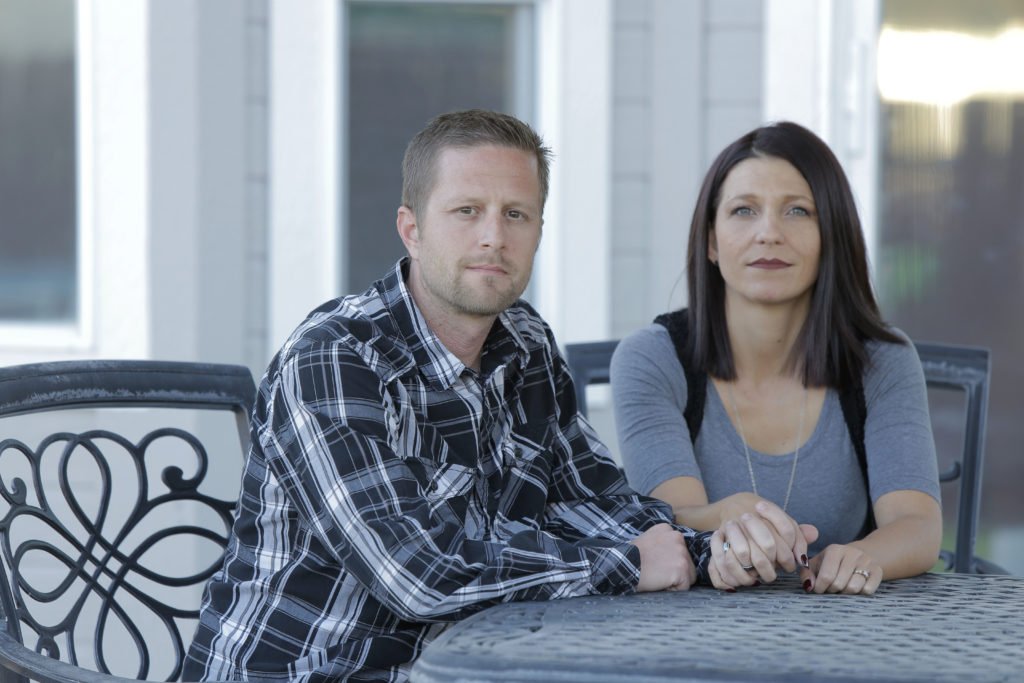1/ Right now, there are more than 100 wildfires burning across 13 states. The federal government wants to fly in firefighters from Australia and New Zealand. Communities are going up in flames. People are being displaced from their homes.
This is the new normal.
This is the new normal.
2/ In California, the #CarrFire is still burning near Redding. As of Aug. 2, it has consumed more than 1,000 homes and killed six people. revealnews.org/blog/redding-c…
3/ Cal Fire has reported that the Carr Fire was started by “mechanical failure of vehicle,” an example of a human-caused wildfire. A dozen of the destructive blazes in Northern California’s fire siege last October were attributed to power lines.
4/ Three major factors contribute to wildfires like these:
* Extreme weather has become much more common.
* More people are living in areas at risk for wildfire.
* Decades of land use policy that has created overgrown and unhealthy forests.
* Extreme weather has become much more common.
* More people are living in areas at risk for wildfire.
* Decades of land use policy that has created overgrown and unhealthy forests.
5/ Our reporters have done extensive work on wildfires.
In particular, they’ve focused on what’s known as WUI – the Wildlife Urban Interface.
This is the area where homes and wildlife meet, creating great wildfire risk. And it keeps expanding. revealnews.org/article/when-s…
In particular, they’ve focused on what’s known as WUI – the Wildlife Urban Interface.
This is the area where homes and wildlife meet, creating great wildfire risk. And it keeps expanding. revealnews.org/article/when-s…
7/ Nationally, more than a third of new homes built since 2000 are in WUI areas. As a result, homes in states that you might not associate with wildfires – Texas, North Carolina, Florida – are becoming more susceptible.
8/ To make matters worse, only about 1/3 of fire departments that cover WUI areas are trained to fight wildfires.
And only 30 percent have the necessary equipment, according to a recent study. nfpa.org/news-and-resea…
And only 30 percent have the necessary equipment, according to a recent study. nfpa.org/news-and-resea…
9/ Problems tend to arise when you build in WUI areas. As @esagara and @patrickmichels recently reported, many communities tend to keep building in high-risk fire zones, decade after decade, despite knowing the risks. revealnews.org/article/should…
10/ Over the past decade, local governments in California have imposed rules about building with fire-resistant materials. But we crunched the numbers, and building with those materials alone won’t necessarily save your home.
11/ In fact, @patrickmichels and @esagara looked at 64 homes that went up in risky areas in the decade before last year’s Tubbs Fire.
Fifty-six of them were destroyed, despite being built after new fireproofing requirements kicked in.
Fifty-six of them were destroyed, despite being built after new fireproofing requirements kicked in.
12/ Building homes in fire-prone areas has another consequence: Humans are responsible for as much as 90 percent of all wildfires.
And developing in the WUI actually *increases the risk that new fires will start.*
And developing in the WUI actually *increases the risk that new fires will start.*
13/ Which brings us back to the #CarrFire. Redding has grown over the past few decades. The community has pushed into the Northern California wilderness, placing homes among oak trees and flammable chaparral outside of town.
14/ Fires will continue to plague the West and other parts of the country as summer months warm up. Northern California’s most destructive fires over the past few years happened in October. This is just the beginning.
15/ To stay on top of all of latest stories, including our ongoing wildfire coverage, subscribe to our newsletters: revealnews.org/newsletter
• • •
Missing some Tweet in this thread? You can try to
force a refresh






